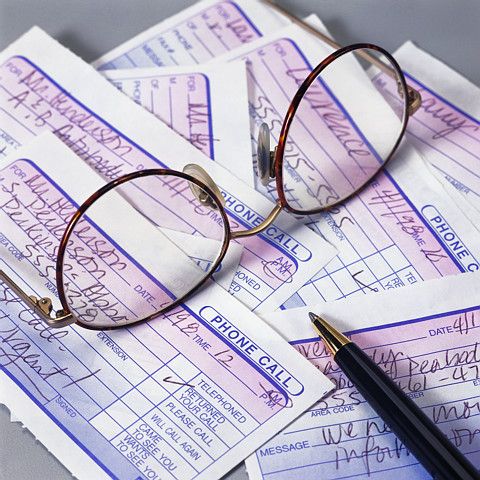H-1B3 Subcategory: Fashion Models





Think you have what it takes to hang with Gisele Bundchen and Tyra Banks? If you want to make your big break in the modeling industry, you’ll want to move to NYC or LA, two of the fashion capitals of the world. In order to do that, you’ll need a visa to enter and work in the United States. Luckily, the H-1B3 was made just for you.
The H-1B3 is a subcategory of the H-1B visa program designed for nationally or internationally recognized fashion models. But only the cream of the crop will make it—you’ll have to demonstrate a high level of achievement that goes above the ordinary if you want to be issued an H-1B3. It could be your path to stardom or even the White House, as our current First Lady has shown.
Eligible Employers
H-1B3 holders can’t work for just anybody—top models work for top agencies. Your company, as the petitioner, will have to prove that it performs services for events with a distinguished reputation or for organizations with a record of employing prominent people. Additionally, it will have to prove to U.S. Citizenship and Immigration Services (USCIS) that you have exceptional modeling chops, or, in technical terms, that you’re “a fashion model of distinguished merit and ability”.
How can I prove that I’m “America’s Next Top Model?”
To show that you, as the beneficiary, are a fashion model “of distinguished merit and ability,” you submit documentation proving that you meet any two of the following qualifications:
-
National or international recognition evidenced by critical reviews, articles, or news stories
-
Performance for employers that have distinguished reputations
-
Recognition by experts or critics
-
Commanding a high salary relative to other models
Perhaps needless to say, H-1B3 models are not required to work in a specialty occupation for which a four-year college degree or higher is required.
(For more details on these qualifications and the relevant statute, refer to the Code of Federal Regulations, specifically here.)
I’m ready to hit the catwalk! How do I apply?
Applying for an H-1B3 is similar to applying for a regular H-1B visa; you can read more about that process here. In short, the steps are as follows:
-
Your U.S. employer submits a Labor Condition Application (LCA) via ETA Form 9035 & 9035E to the U.S. Department of Labor (DOL) and have it approved.
-
Your employer thereafter files Form I-129 (Petition for Nonimmigrant Worker) to the correct USCIS service center, along with the DOL-certified LCA.
I love this job. How long can I stay?
The initial period of authorized work for an H-1B3 holder is three years. This period may then be extended for up to two years in the first instance and after that in one-year increments for a maximum of six consecutive years. (That said, the H-1B visa in general can be extended beyond the six-year limit in some special cases, as detailed on our extensions page.)
Top models aren’t subject to the cap, right?
There is a cap on the number of H-1B visas issued every year, and models don’t get a pass because of their good looks. A total of 65,000 H-1B visas are issued each year to foreign workers, with an additional 20,000 reserved for workers with a master’s degree or higher (which typically isn’t a standard qualification of a model).
Our experienced immigration attorneys are here to guide professionals through the complicated H-1B application process, and minimize any and all confusion or challenges. We understand how important an H-1B visa is to you, whether as the employer or the prospective employee. Our seasoned staff and years-long track record of success make Zhang & Associates the natural choice to facilitate your H-1B petitions.
For more detailed information on the H-1B category, including minimum requirements and USCIS policies, refer to the following links:
Updated 04/26/2017